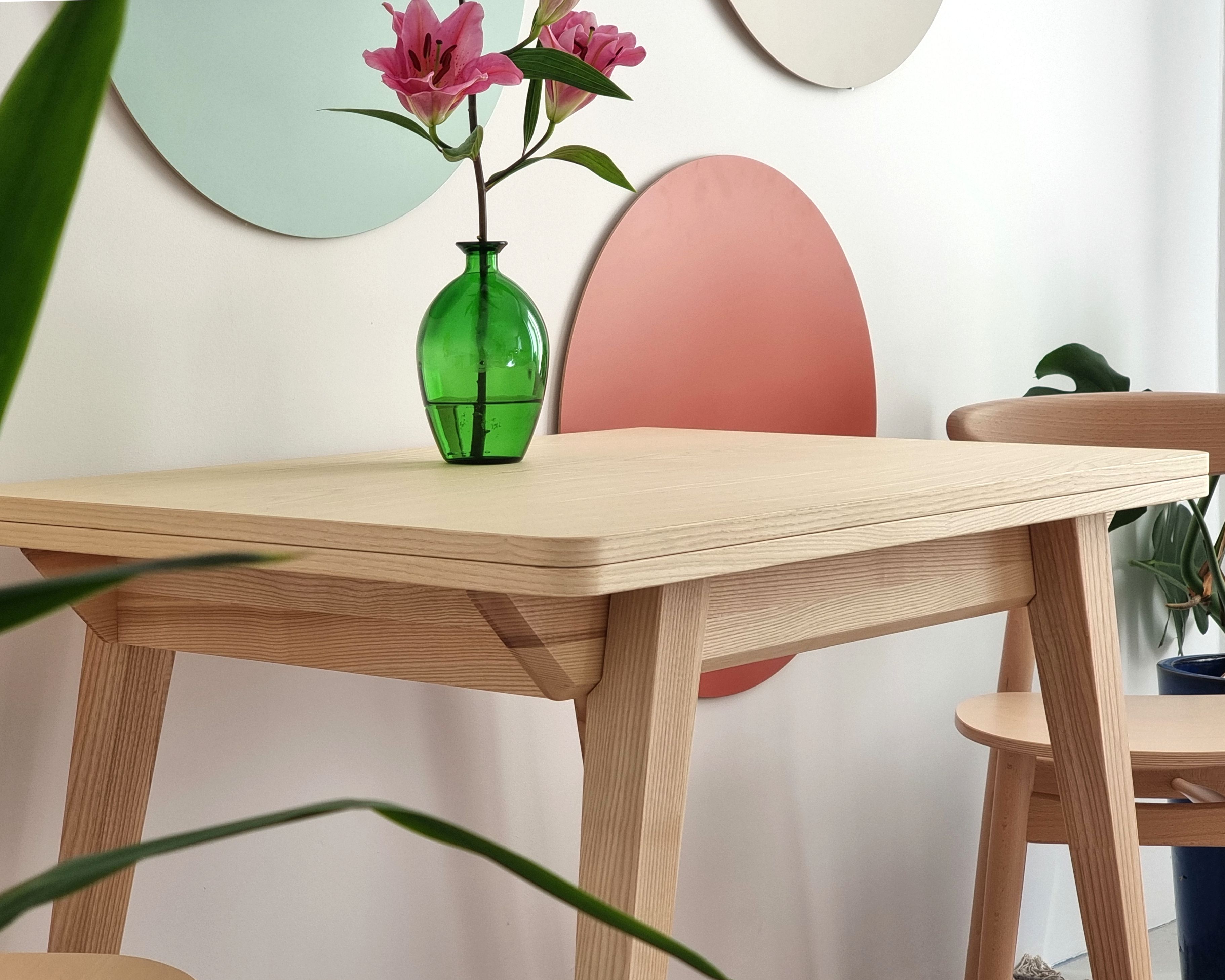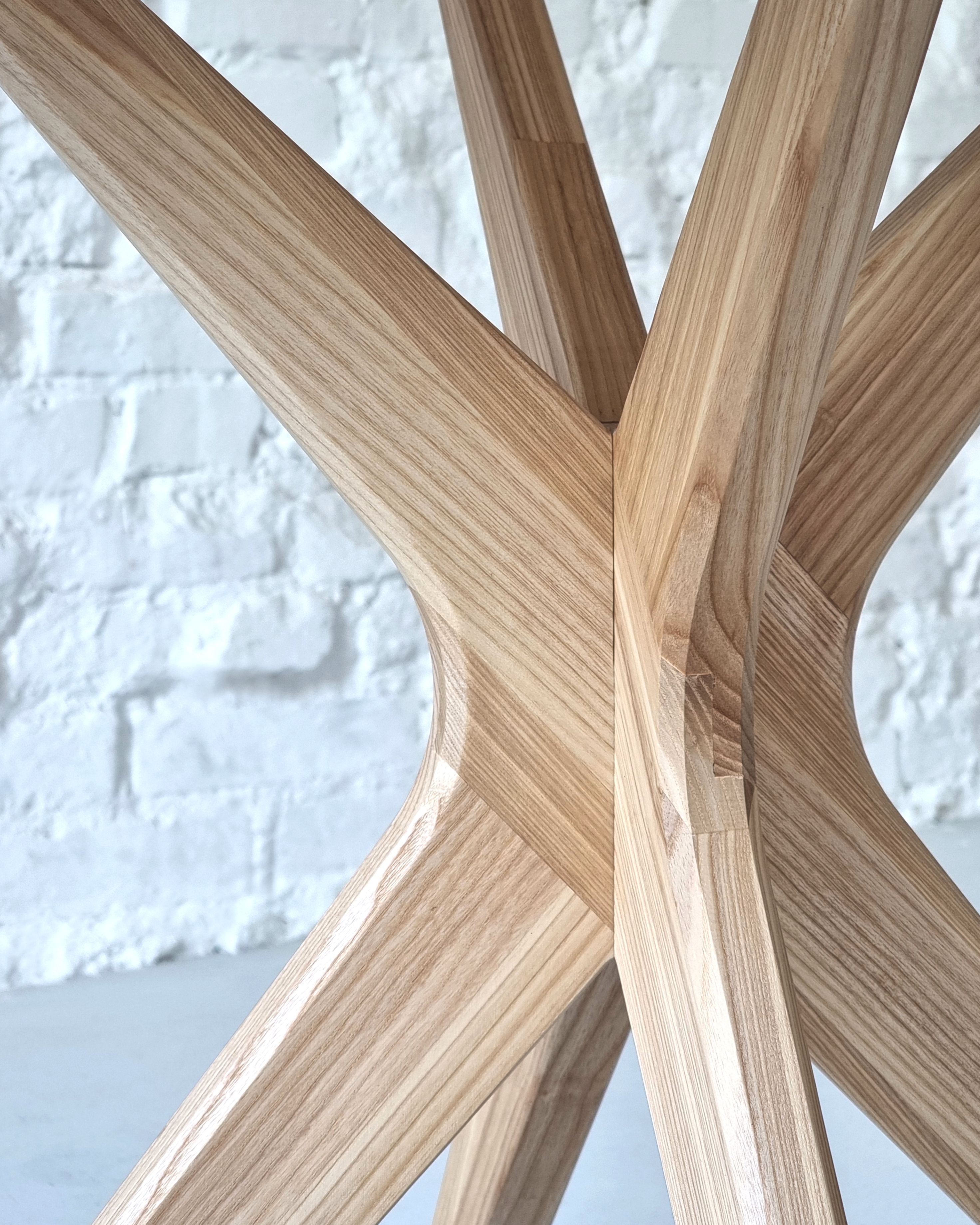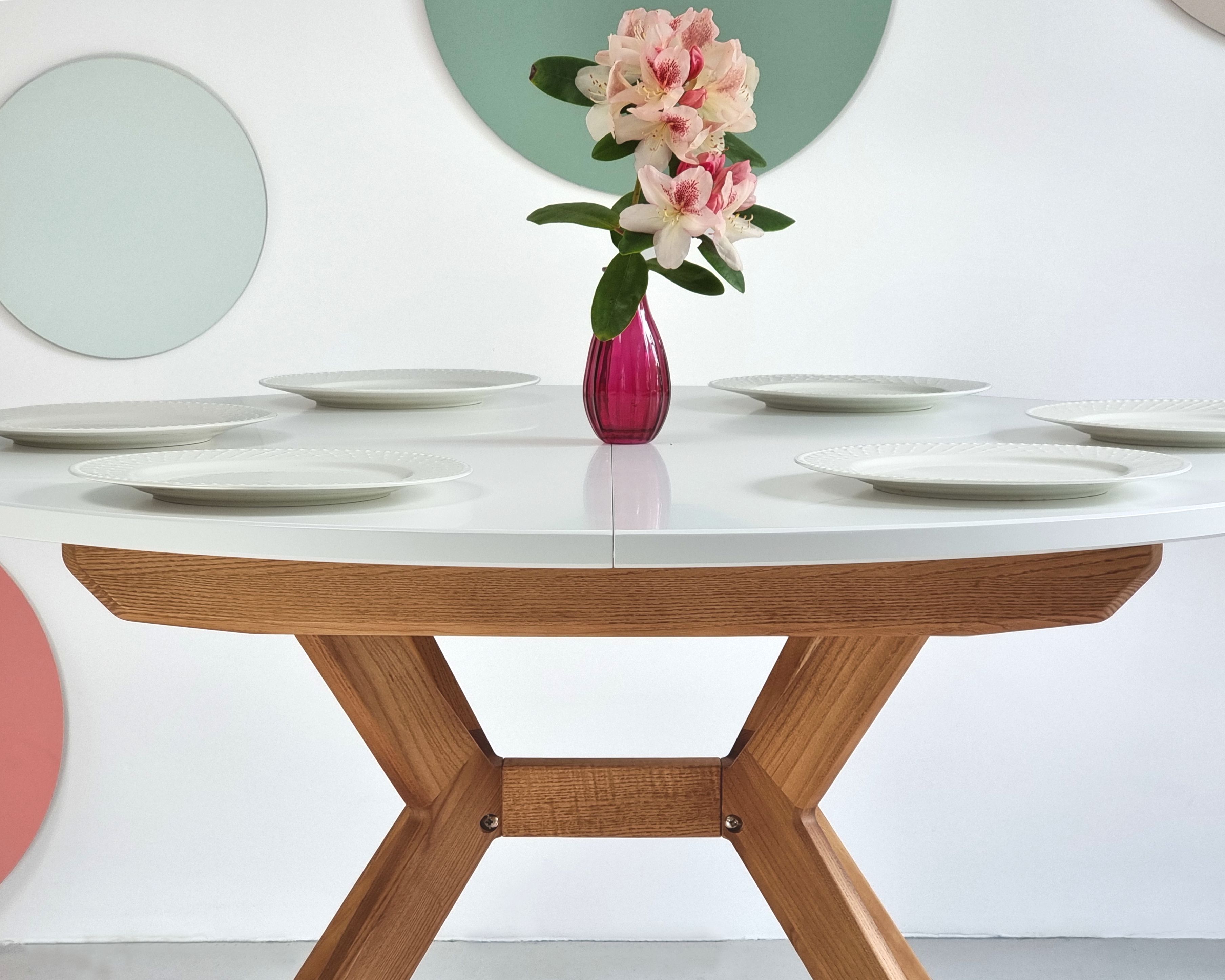Ashwood vs. Pine Timber

Ashwood vs. Pine Timber: Which Furniture Material Should You Choose?
These days, the furniture market offers an overwhelming variety of options. With countless shapes, styles, and colors to choose from, finding the right piece for your home can feel like a challenge. While design and aesthetics often catch our attention first, it’s important not to overlook functionality, comfort, and—most importantly—the material a piece is made from.
The material determines not only the look of the furniture but also its durability, resistance to daily wear and tear, and long-term value. In this post, we’ll take a closer look at two popular types of wood: ashwood (used in the production of our furniture legs) and pine timber. Which one is the better choice for your home? Let’s find out.
Ashwood – Strength, Elegance, and Longevity
Ashwood is a hardwood known for its strength, durability, and beautiful grain. It’s an excellent choice for furniture that is used daily, thanks to its natural shock resistance—it won’t dent or crack easily. The straight, attractive grain gives ash furniture a clean and refined look, and the wood takes stains particularly well. That’s why we offer our pieces in a range of finishes: natural ash, oak-stained ash, walnut-stained ash, black, and white.
Ash is also considered a sustainable and eco-friendly choice. It grows abundantly in responsibly managed forests and is a renewable resource. As a furniture maker, we confidently recommend ashwood for anyone looking for long-lasting, elegant, and environmentally conscious furniture. It’s a material that not only looks beautiful but also stands the test of time, making it a valuable addition to any home.
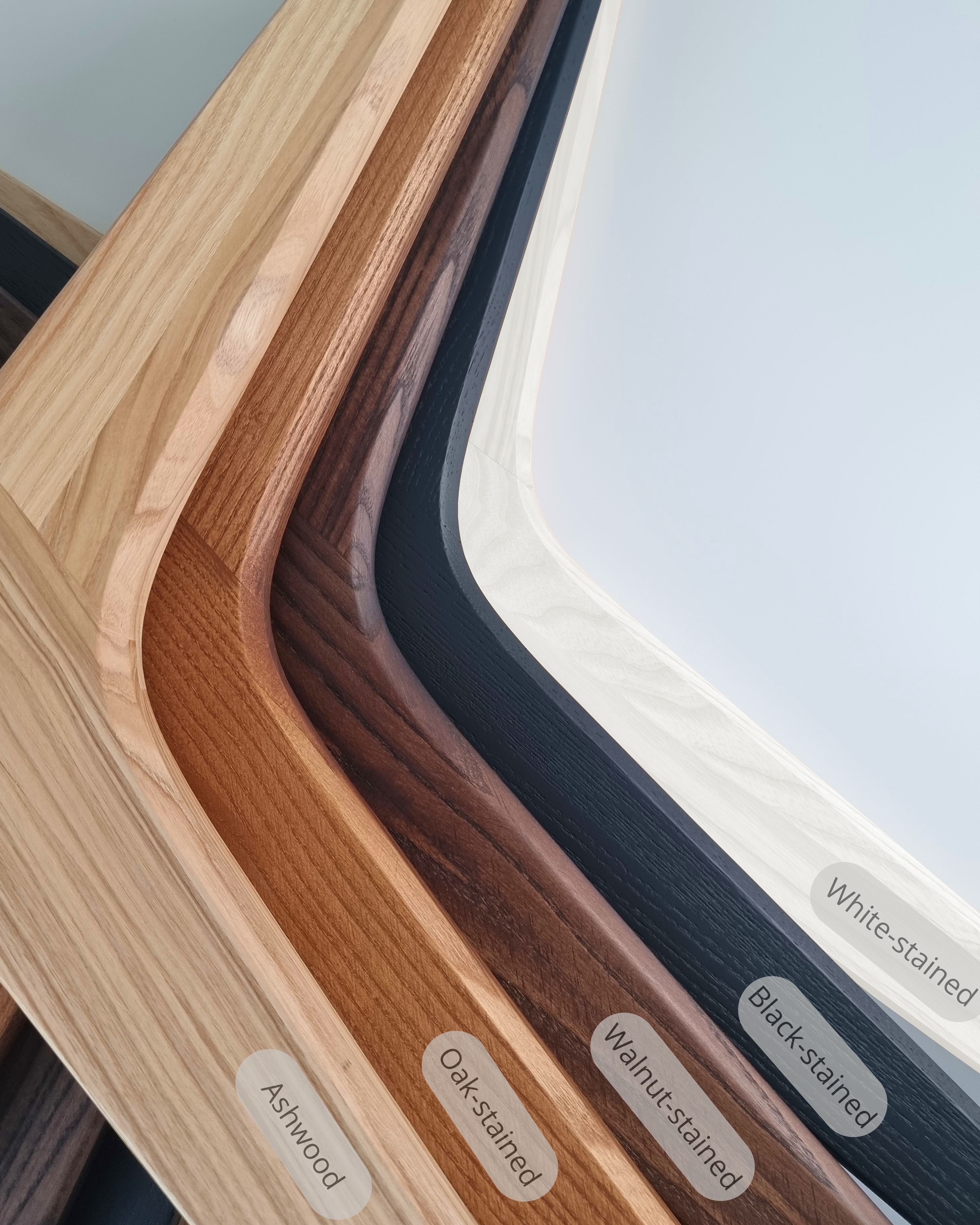
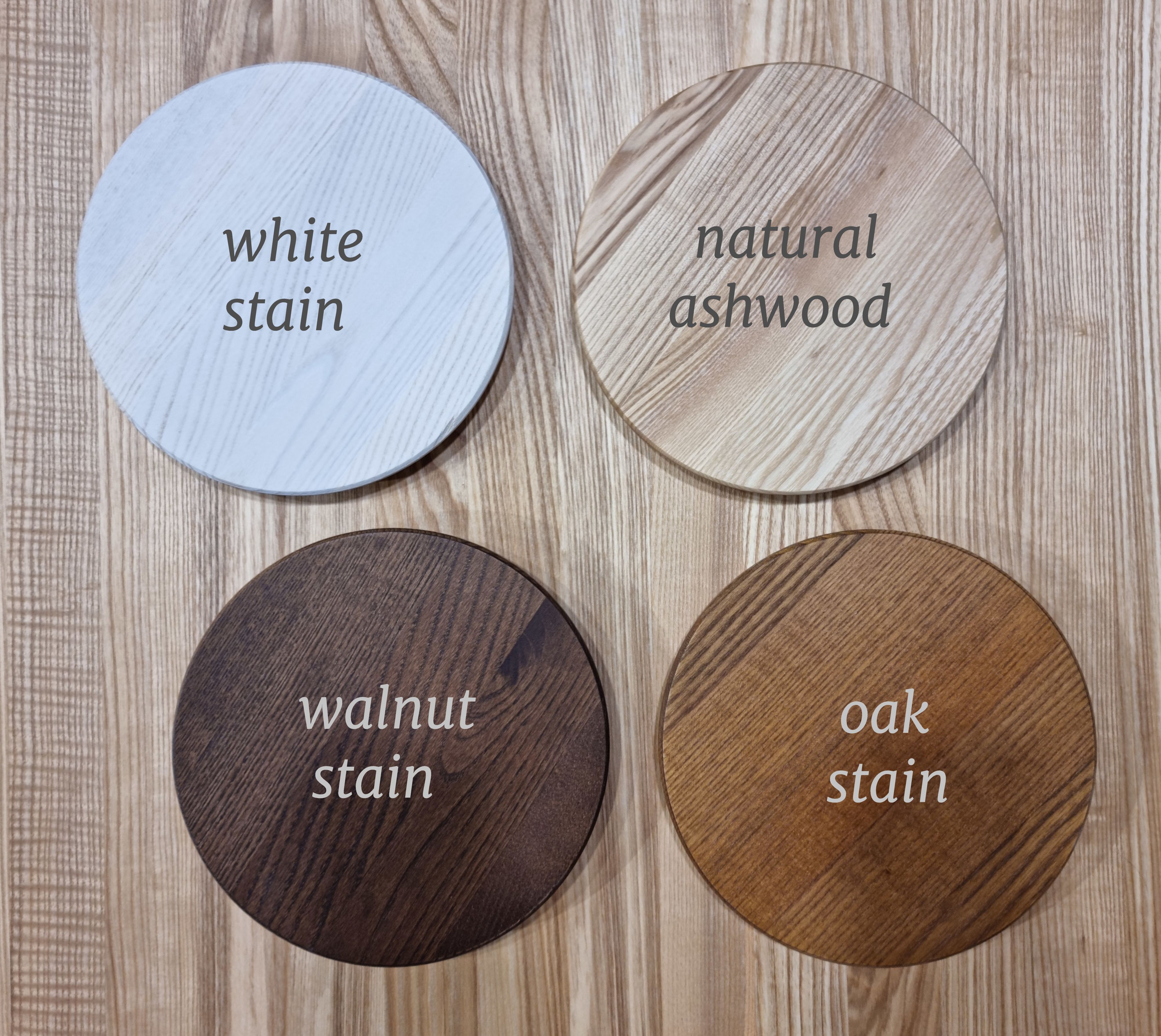
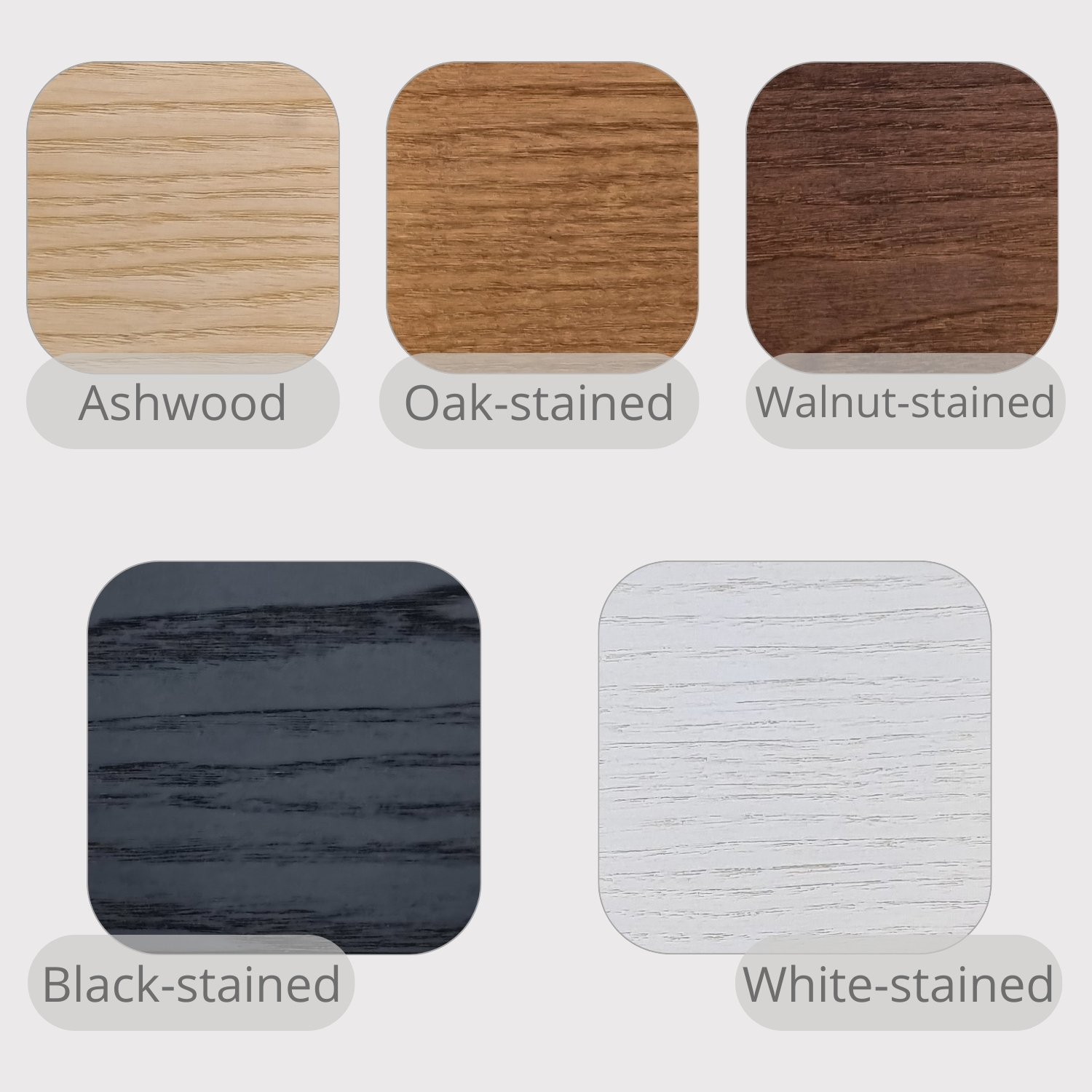
Pine Timber – Budget-Friendly and Lightweight
Pine timber is a more affordable option, which makes it appealing for budget-conscious shoppers. Its light color and visible grain patterns give it a pleasant, natural look, and because it’s lightweight, pine furniture is easy to move and rearrange.
However, pine does have some limitations. It’s a softwood, which means it’s more prone to dents, scratches, and wear over time. It also absorbs stains unevenly, making it harder to achieve a consistent finish. Additionally, pine is sensitive to moisture and humidity, which can lead to warping or damage if not properly cared for.
While pine furniture may work well for decorative or short-term use, it’s not always ideal for heavy daily use or high-traffic areas in your home.
Making the Right Choice
Both ashwood and pine timber have their advantages. Pine is cost-effective and visually appealing, while ashwood offers superior strength, durability, and timeless elegance.
Although ashwood furniture comes at a higher price point, it’s often the more economical choice in the long run. Investing in quality means you won’t need to replace your furniture every year. It's also a more sustainable approach—buying less, but better, helps reduce waste and supports environmentally responsible practices.
At the end of the day, the choice is yours. Our goal is to help you make an informed decision based on what matters most to you: durability, design, budget, or sustainability. We believe that choosing high-quality, long-lasting furniture is not only a smart investment—but a step toward a more conscious and eco-friendly lifestyle.
